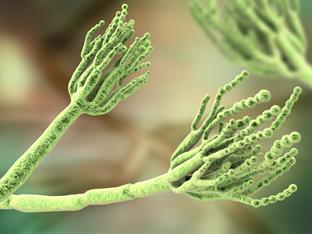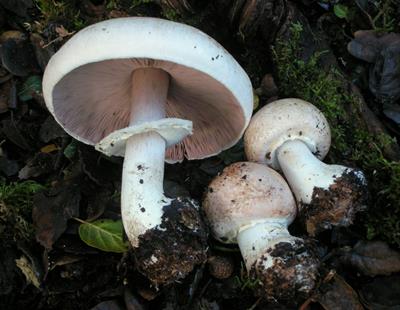
PUMPA - SMART LEARNING
எங்கள் ஆசிரியர்களுடன் 1-ஆன்-1 ஆலோசனை நேரத்தைப் பெறுங்கள். டாப்பர் ஆவதற்கு நாங்கள் பயிற்சி அளிப்போம்
Book Free DemoClassification of fungi:

Fungi are divided into two divisions such as
- Myxomycetes
- Eumycetes (true fungi)
Myxomycetes:
It is a division of fungi that includes various organisms such as cellular slime molds, the plasmodial slime molds and the net slime molds. The organisms of myxomycetes differ from true fungi as their vegetative body consists of only protoplast bounded by membrane.
Eumycetes:
They are known as the true fungi as their plant body is thalloid. This division of Eumycetes can be classified into four different classes as follows:
- Phycomycetes
- Ascomycetes
- Basidiomycetes
- Deuteromycetes
Economic importance of fungi:
Fungi are important organisms in human life as they are useful to us in many ways. Some of them are discussed below:
1. Antibiotics:
Antibiotics such as Penicillin and Cephalosporin, which cure a wide range of diseases, are obtained from fungi.
Important!
Penicillin is obtained from fungi known as Penicillium notatum, and Cephalosporin is obtained from a fungi known as Cephalosporium.
Penicillin is known as the Queen of Medicine. It was discovered by Sir Alexander Fleming in 1928.

Penicillium notatum
2. Food:
Fungus Agaricus (Button mushroom) is the most common edible mushroom, in proteins and minerals.

Agaricus
3. Vitamins:
The fungus like Ashbya gosspii and Eremothium goshbyii are used to produce vitamin (riboflavin).
4. Alcohol:
Unicellular Fungus such as Saccharomyces cerevisiae (yeast) contains enzymes like invertase and zymase. These enzymes ferment the sugar molasses into alcohol. Hence, yeast is used in the production of alcohol.

Saccharomyces cerevisiae
Reference:
https://upload.wikimedia.org/wikipedia/commons/1/1f/Agaricus_hondensis_71317.jpg